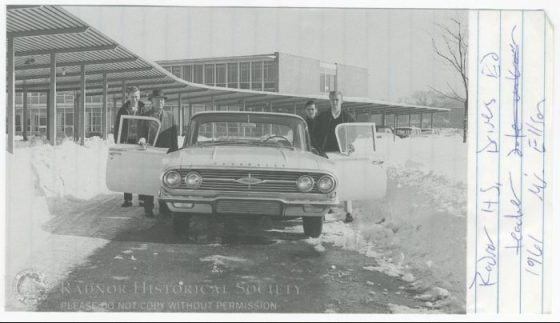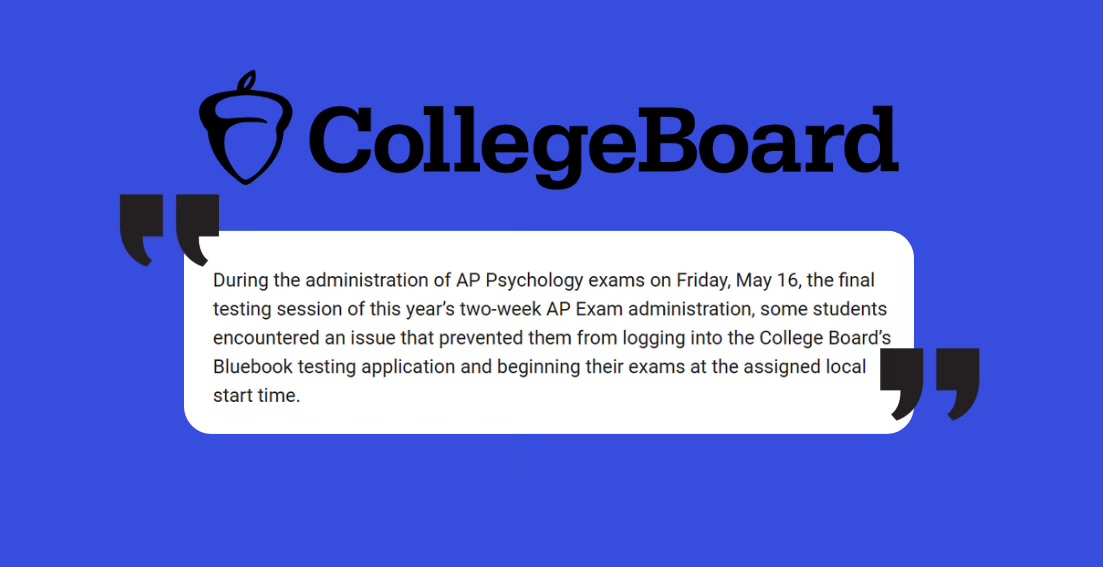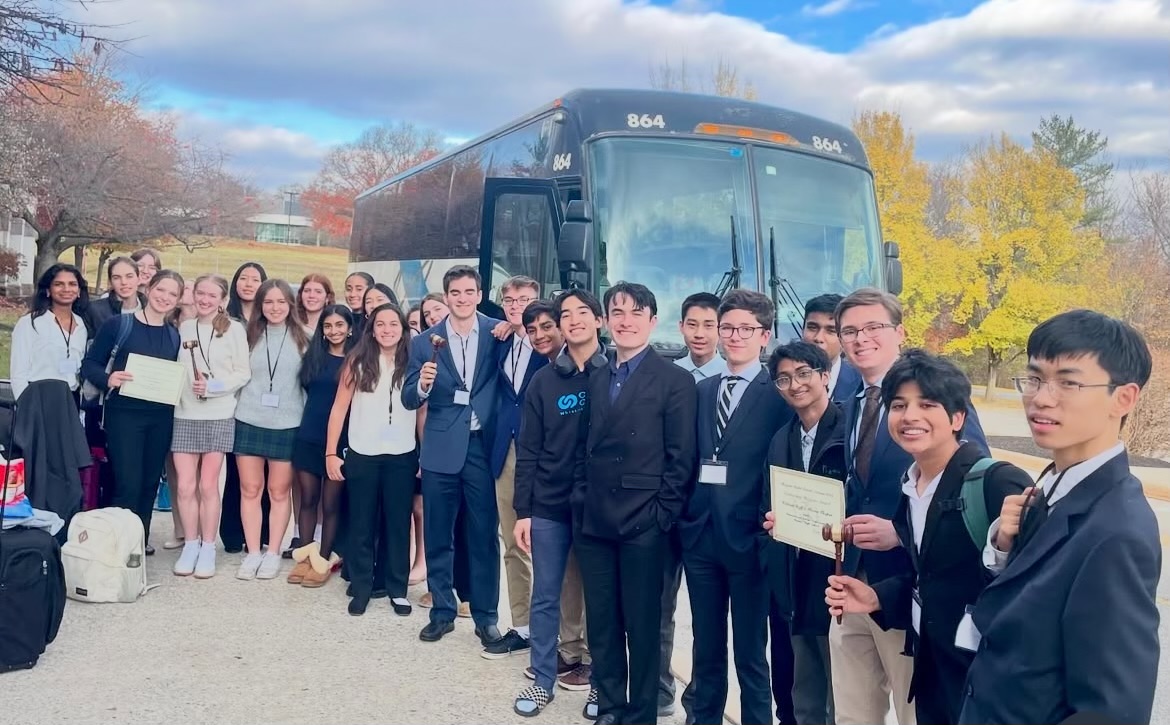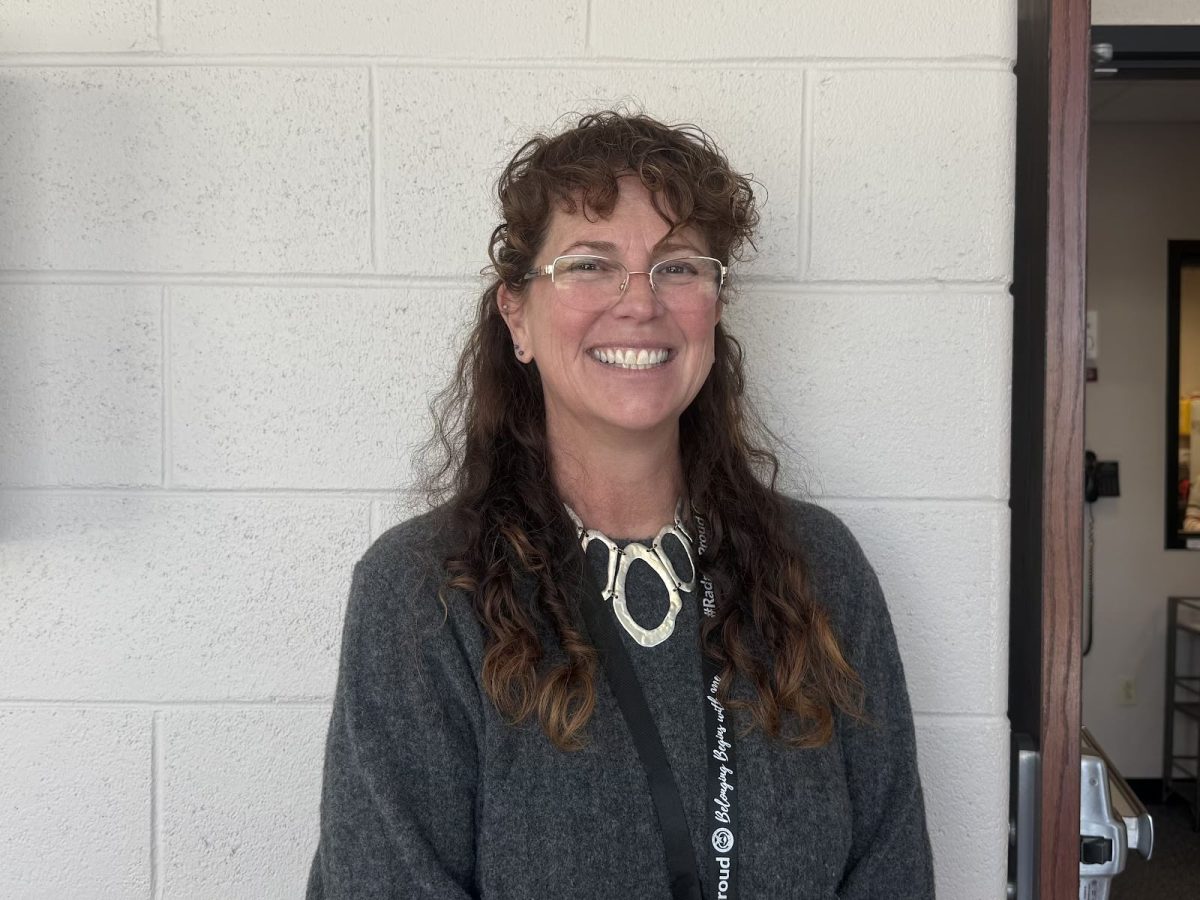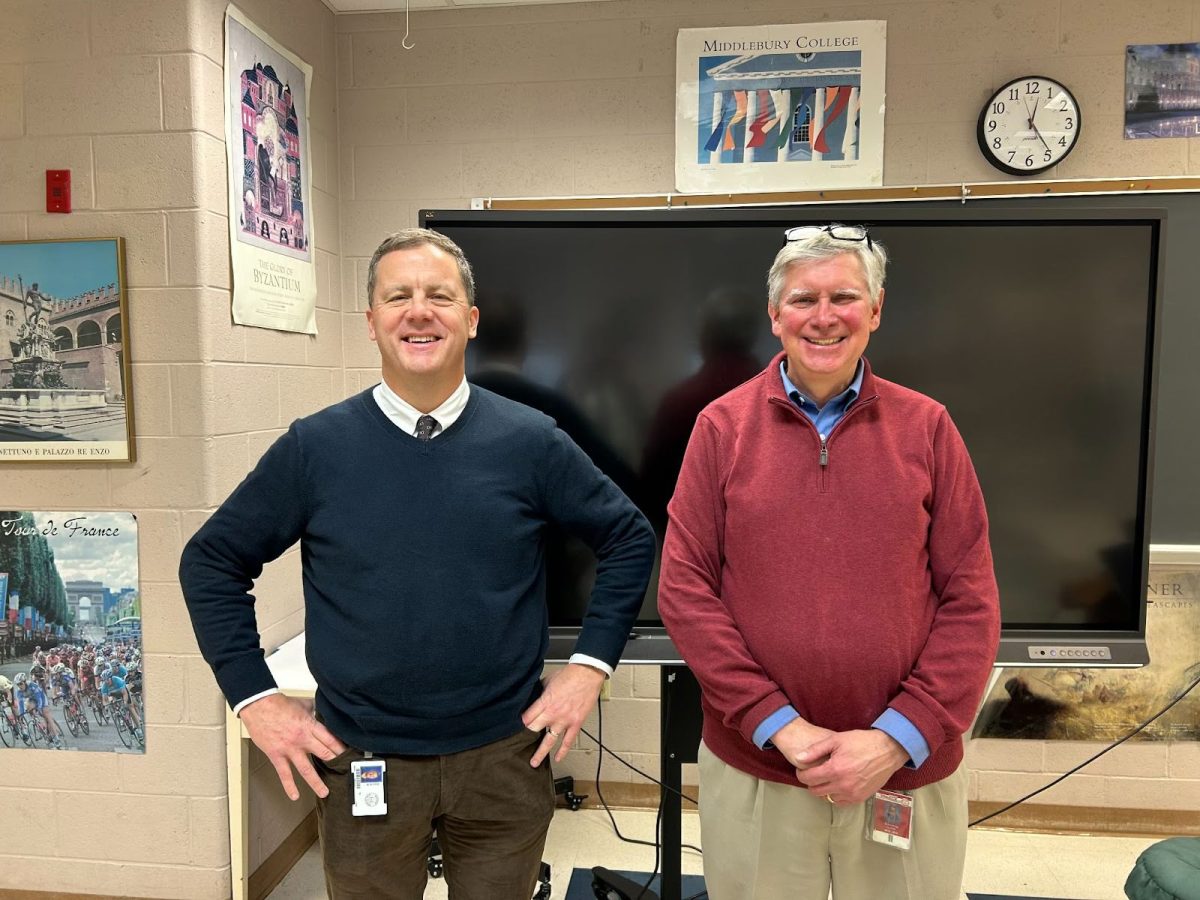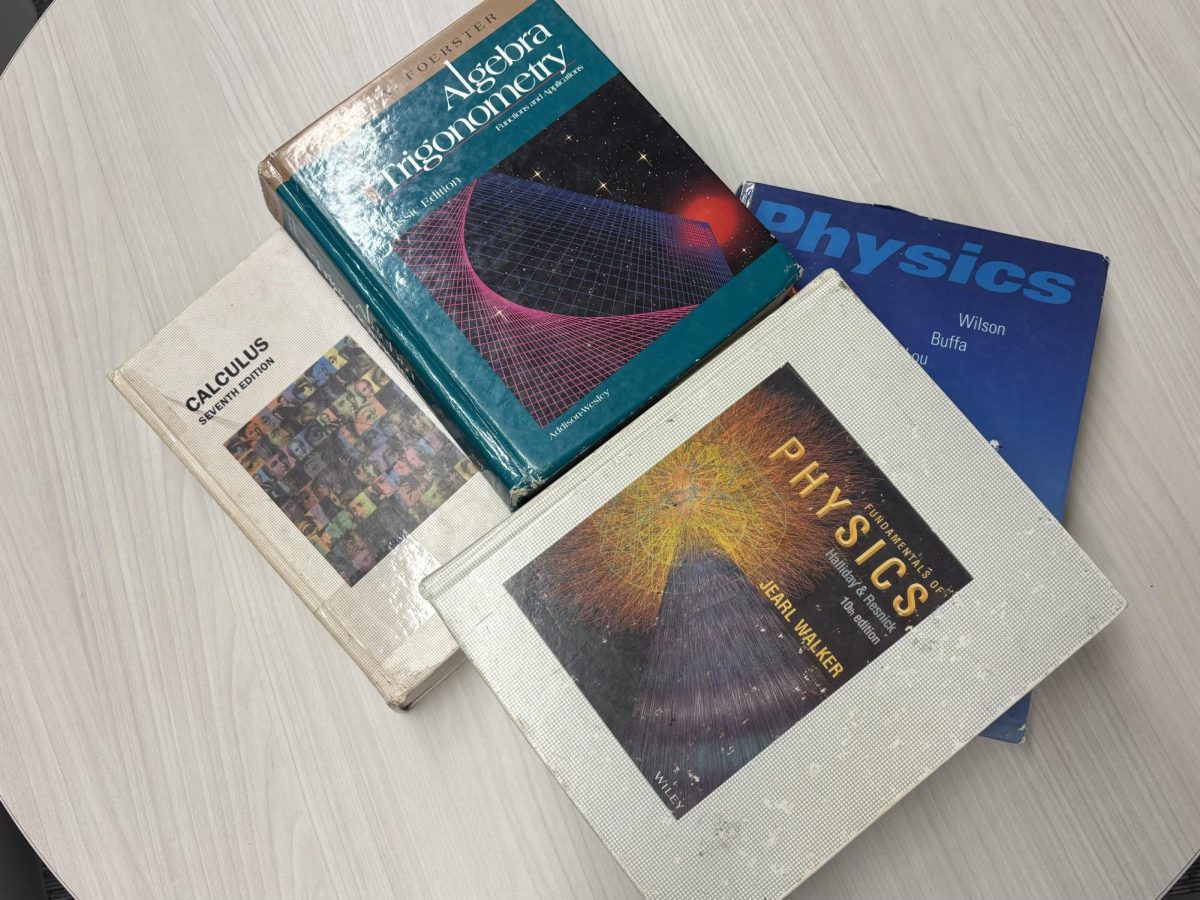Radnor High School students have numerous opportunities to learn fundamental life skills during the instructional school day. Beginner Swimming is offered as a quick 0.25 credit class for those unable to pass a swim test; after all, knowledge of swimming, a life-saving ability, is a prerequisite for earning an RHS diploma. In addition, students can take electives offered through the Family and Consumer Sciences department, such as Essentials of Cooking or Independent Living, which provide helpful information for those on the road to autonomy and capability in their adult lives.
But one pivotal life skill is excluded from all RHS programming — driving. That’s right; the school district that gives its students practically every opportunity under the sun, including twenty-six Advanced Placement courses, a smorgasbord of interesting electives, and technical education offered via the DCIU, presents no chance to learn how to drive through a school-based or school-supported program. Those who lack the resources or time to take private driving lessons, or whose parents are too busy working to teach them how to navigate the road, are left with few options to learn how to drive.
Driving is a transitional skill, helping teens cross the bridge from childhood to adulthood. It paves the way for independence and grants young people the freedom to travel without relying on others. By offering some form of driver’s education, Radnor High School can ensure that all of its students have the chance to earn their licenses before they graduate.
Radnor once offered a driver’s ed program, run by high school teachers Mr. Ellison and Mr. Bellinfante, which began in 1951 and ended in 1963. According to an RHS yearbook from the 1950s, some driving instruction was “fitted into the various social studies classes as a compulsory subject. In this portion, the rules of safety and the principle mechanical operations of an automobile [were] taught.” Essentially, students were taught driver’s theory as a required component of their social studies classes. Those who wished to obtain behind-the-wheel instruction had the option to do so through a faculty-sponsored club. Patricia Lee, President of the Alumni Association of Radnor High School, notes that it is unclear exactly why this driver’s ed option was discontinued – Mr. Ellson retired from RHS in 1961, so perhaps the program ended with his teaching career.
But why was it never reinstated? Over time, the feasibility of a program like Mr. Ellson’s likely decreased, to the point where it was no longer worth it to maintain. Incorporating driver’s ed lessons into social studies classrooms likely took away valuable instructional time from the actual class content. This method of teaching driver’s theory would be even more unrealistic today, as students and teachers within honors and Advanced Placement classes need to dedicate as much class time as possible to covering content. Additionally, in order to offer safe, effective driving instruction on the road, Radnor would need to purchase not only a car equipped with modern safety features, but a dual control system that allows the instructor to brake and override the actions of a student behind the wheel. Undoubtedly, this would be a costly endeavor — new sedans cost around forty-five thousand dollars (https://www.moneygeek.com/insurance/auto/average-price-of-a-new-car/) on average, and installing dual controls can pile on additional hundreds or thousands of dollars. And the expenses on the school district could continue to grow if a student were injured or killed in an accident during driving instruction; such an event would open the district to liability issues, pricey insurance premiums, and lawsuits — a.k.a., legal chaos.
Radnor’s previous model of driver’s education would clearly no longer work today. But that does not mean driver’s ed should be exiled from Radnor High School’s curriculum. There are plenty of viable paths that the school district can take to offer driving instruction to its students (without breaking the banks of either the district or Radnor families!) Most notably, we can take a page from Garnet Valley High School’s book and partner with a local private driving school to offer discounted instruction in driver’s theory and practice.
Independent driving schools were legalized in Pennsylvania in 1952 (https://www.education.pa.gov/Teachers%20-%20Administrators/Curriculum/DriverSafetyEd/TrainingSchools/Pages/default.aspx), and within the past few decades, they have soared in popularity. These private programs are businesses, focused on customer satisfaction and efficiency. To grow their clientele, these businesses often incorporate new technology and simulations into their curricula, and offer special programs for clients who are, say, disabled or cannot speak English (https://fastercapital.com/content/Driving-School-Market-Size-and-Share–Gear-Up–Driving-School-Market-Share-Strategies-for-New-Businesses.html ) . Many teens and families opt to attain driving instruction from these private schools, but there is one major drawback: the price. Behind-the-wheel lessons(https://driven2drive.com/prices/) for new drivers (https://www.icandrive.com/training-testing-services/zipcode-19087/) can cost hundreds or thousands (https://www.cantorsdrivingschool.com/driver-training-packages/ of dollars ( https://ilovetodrivepa.com/classes/), placing some families in a difficult financial situation. However, partnerships between private driving companies and public school districts can reduce costs for families and districts, all while bringing in profit (and new clients) for local driver’s training businesses.
Garnet Valley High School, for instance, is partnered with A & B Driving School (https://www.padrivered.com/garnet-valley-high-school-students.html ) — students can opt into a 30-hour Highway Safety class as an elective credit for a $90 fee, and those with a valid driver’s permit can take private lessons and have their official driving test administered by the A & B school. This partnership helps streamline the process for Garnet Valley students who want to earn their licenses, and provides them with the opportunity to take their licensing test for free.
Garnet Valley is not the only district that applies a partnership model to offer its students driving education. Kutztown Area School District in Berks County works with John’s Driving School, another local business, to help its students learn how to drive. Through the driving school, Kutztown students can take an online theory course for some graduation credit. As for behind-the-wheel lessons, students can schedule sessions with private instructors during the school day, which can be critical for those with many athletic and extracurricular commitments after school hours.
Radnor could explore the option of splitting costs for student driving lessons. For example, the school district could cover one third of the fee for private driving lessons, or maybe a slightly larger portion for group sessions, and leave the rest of the cost up to families. Specific details would depend on the partnered driving business and the school district’s budget, but this framework is generally beneficial for all parties involved – families pay less for driver’s education, students can use driver’s theory courses (in-person or online) to attain credits on their transcripts, the school district forfeits the responsibility and liability of providing its own on-the-road instruction, and private driving schools tap into a new source of clients. Driver’s education at Radnor then becomes nothing but a win-win-win situation.
Radnor Township School District aims to empower its students to pursue their passions and achieve success after graduation. By offering a school-based, financially feasible driver’s education option, RTSD can further this mission and equip its students with essential skills that they will use for the rest of their lives.

